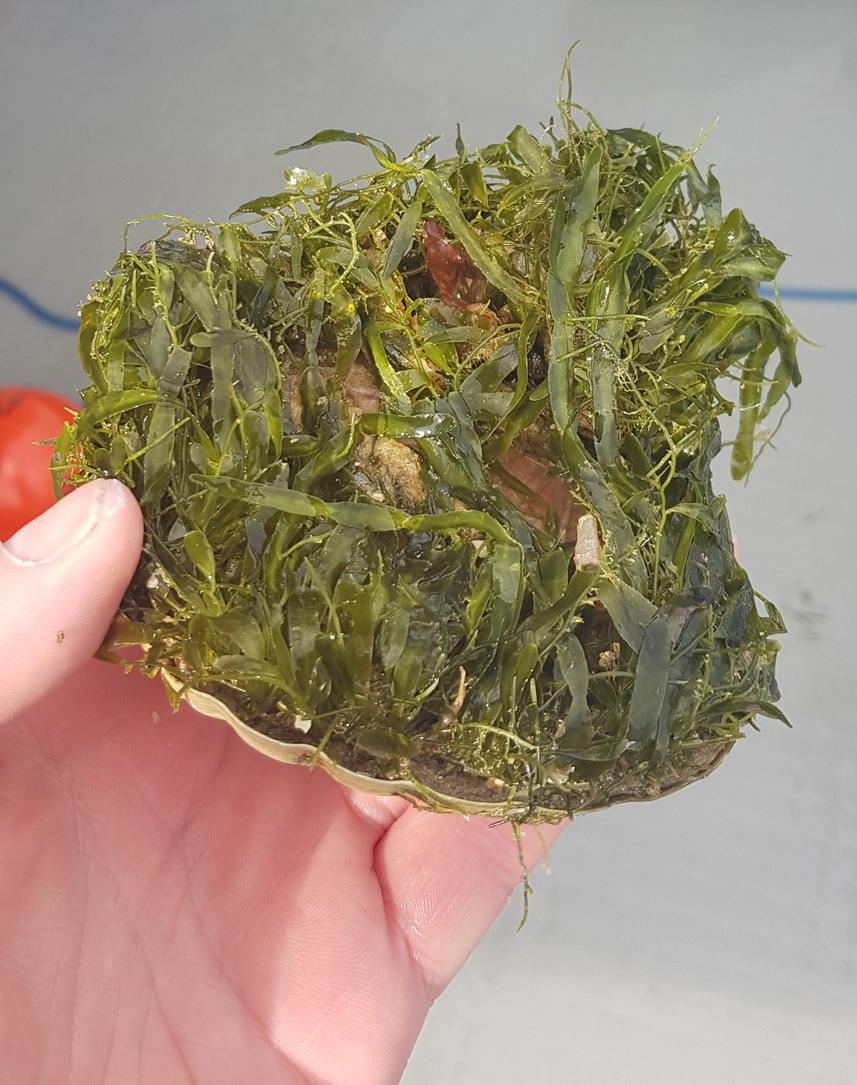Fears unwanted seaweed has reached Northland
19 May 2023, 5:19 PM
A small clump of suspected Caulerpa brachypus seaweed has been potentially spotted on a Bay of Islands beach, which would confirm the worst fears of the Northland Regional Council.
The council recently wrote seeking an urgent meeting with Damien O’Connor, Minister of Primary Industries, revealing it was concerned by a ‘manifestly insufficient’ response by Biosecurity New Zealand to the threat posed to Taitokerau by the seaweed.
In its letter the council says the threat posed by the seaweed is of utmost urgency for Northland due to its presence at Great Barrier Island (Aotea), the speed at which it spreads and takes over ecosystems, and the lack of an appropriate response to date by Biosecurity New Zealand (BNZ).
As well as seeking a Ministerial meeting, the letter’s authors, council Chair Tui Shortland and Geoff Crawford, chair of the council’s Biosecurity and Biodiversity Working Party, asked for $500,000 annually from the Government towards the region's efforts to prepare for the invasive seaweed should it reach our shores.
However, just days after that letter was sent Biosecurity NZ today (Friday 19 May) confirmed it had provisionally identified a 20cm clump of seaweed found by a member of the public at Te Rāwhiti, near Russell, as Caulerpa brachypus.
 Caulerpa on a scallop. (Photo credit: NIWA). In a media release on the find, Biosecurity New Zealand director of readiness and response John Walsh said the local resident did the right thing by taking a photograph of the 20cm seaweed clump they found and sending it in for visual identification.
Caulerpa on a scallop. (Photo credit: NIWA). In a media release on the find, Biosecurity New Zealand director of readiness and response John Walsh said the local resident did the right thing by taking a photograph of the 20cm seaweed clump they found and sending it in for visual identification.
“We did provisionally identify the seaweed as Caulerpa brachypus based on the photograph, but unfortunately the seaweed was no longer there when the person returned, and no more has been found on the beach, so we have been unable at this stage to collect a sample for confirmation testing. We do have a small team up there today doing beach-based surveillance.”
John Walsh says Biosecurity New Zealand had spoken to the Northland Regional Council and local iwi and will work closely with them and others to determine next steps in Te Rawhiti, including having divers in the water later next week looking for any further signs of Caulerpa brachypus, weather permitting.
The council today backed calls by Biosecurity NZ for people to keep their boats and equipment clean as the best thing they can do to avoid spreading marine pests and diseases, including exotic Caulerpa.
Council’s Chair Tui Shortland and Deputy Chair Jack Craw say this is a national biosecurity response led by MPI and is of a very serious nature.
“We have participated with MPI on other national responses and are available to support their teams if required.”
“We also know that this invasive seaweed can hitchhike on boats and on gears like anchor ropes and we want to endorse MPI’s messaging about keeping all gear clean if they are on the water over the coming months in the Bay of Islands.”
Councillor Craw says these types of invasions can occur at more than one isolated place.
“We stress the importance to the Minister of ensuring that the survey conducted to confirm the extent of this invasion is well resourced and wide ranging.”
People can report suspected finds to Biosecurity New Zealand on 0800 80 99 66 or by completing the online reporting form at report.mpi.govt.nz
